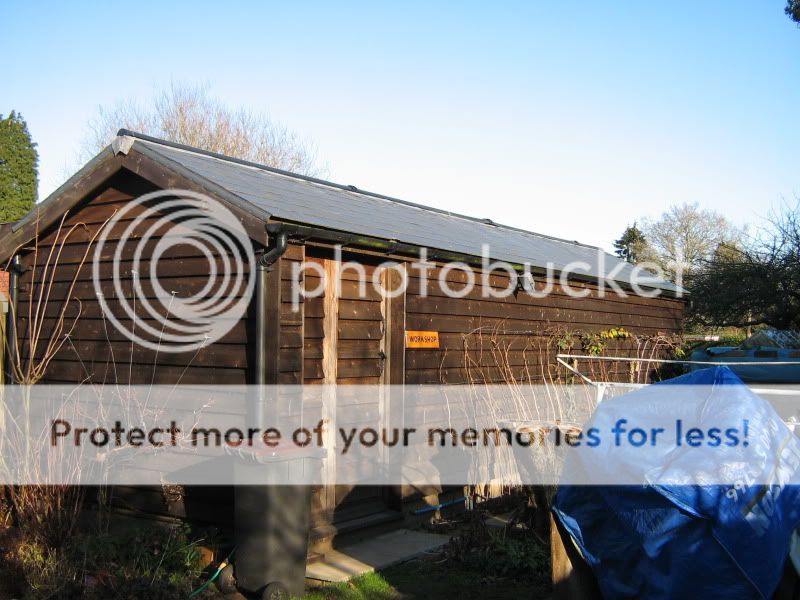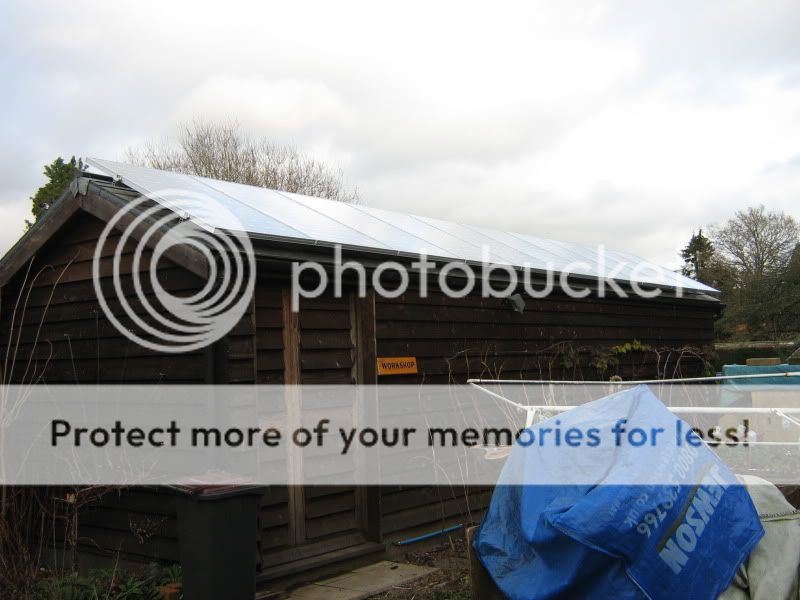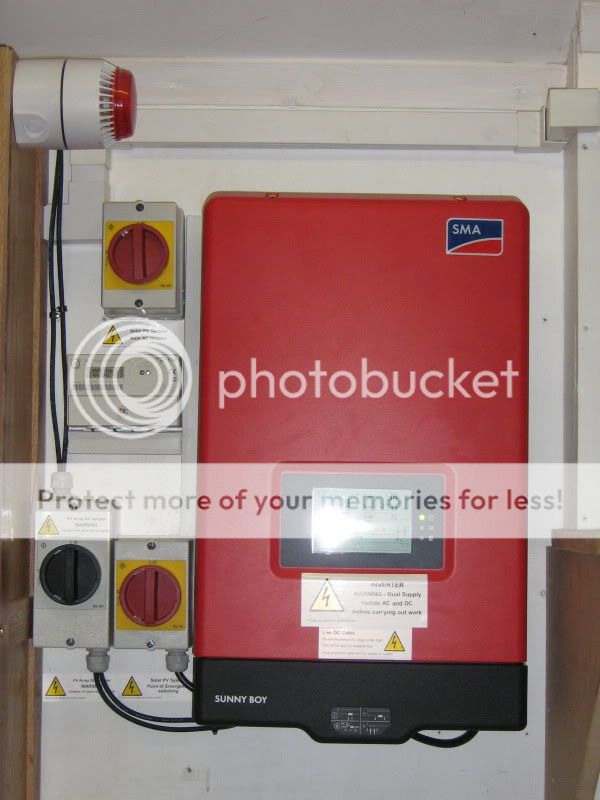RogerS":1tt90dcb said:What are the practical aspects of installation from the cabling point of view? Distance from panels to meter, capacity etc.
Not sure about the total distance that is acceptable, but my guess is that only the distance from panels to inverter is critical, because it's lower voltage/higher current. Our inverter is in the loft, about 3 feet below the panels, and that seems to be the preferred arrangement. Then from there down to the meter (by the consumer unit, but I guess it can be anywhere convenient) it's standard 240V 2.5mm2 cable. So could probably be quite a long length. (I assume you mean current capacity?)
Our panels are Moser Baer, which despite the germanic sounding name are actually Indian.
Labour was less than 5% of the cost of the installation - the hardware is the expensive bit.
We used a local-ish installer, E-motion Energy, based in Stirling, but they have branches in Birmingham and Belfast and possibly elsewhere. I'd recommend anyone interested at least to try them, as they seemed to be keen and were not out of line on cost.
It's interesting that we are now getting a steady stream of offers to install Solar PV from others getting in on the act.
Like Bob, I'm assuming/hoping the system will outlive me, so the residual value is of academic interest only.





































